Speaking of Napiers...
Note the nutation of the connecting rod and bushing.
And some very pleasant Bristol clockwork:
- Login or Register
No account yet? Sign up
yes I know that many factors as you mentioned affects engine noise but imagine all parameters are same in engine A and B in exception of higher cr in engine B then is there any higher combustion noise in engine B necessarily? consider situation that combustion is normal I mean no knocks or any abnormality...roon wrote: ↑11 Jun 2018, 22:26Not necessarily. It depends on the pressure & temperature of the exhaust gas when the exhaust valves open. That is determined by many things including the expansion ratio, ignition timing, and air-to-fuel ratio, along with the compression ratio. The geometry of the exhaust pathways (runners, pipes, mufflers, etc.) also play a big part.
But that is only to speak of exhaust noise. Combustion noise during compression ignition can be heard as pinging, ticking, or growling in diesel engines, or when gasoline fueled engines experience knock. Which again has something to do with compression ratios, but not only.

Three pipes exit the inlet horn, aft of the air filter. What could these be for? The central pipe could feed the compressor. The two pipes either side could be routing air into the metal shroud they are connected to, for cooling the compressor housing. I suppose one could be a BOV return. Or maybe they have a unique compressor design with three inlets.
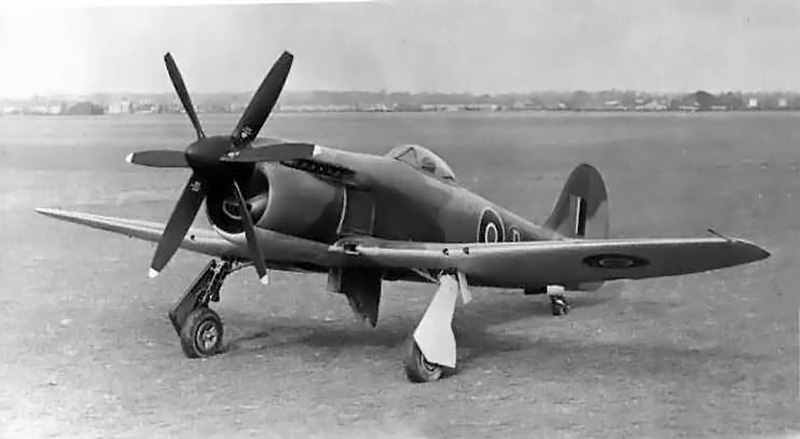
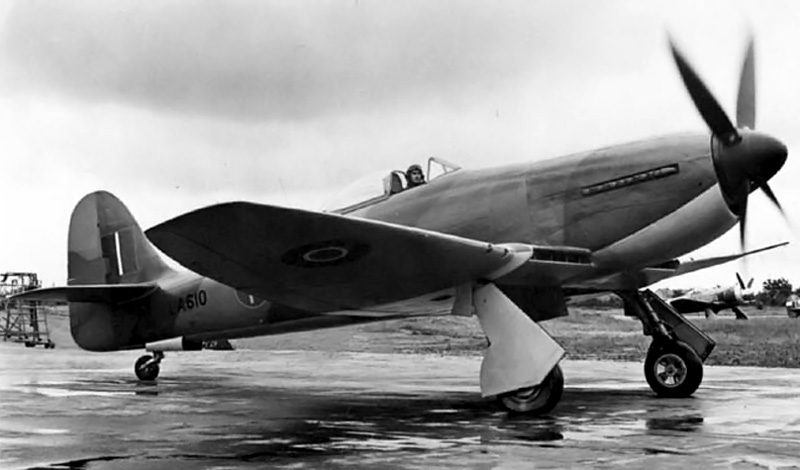
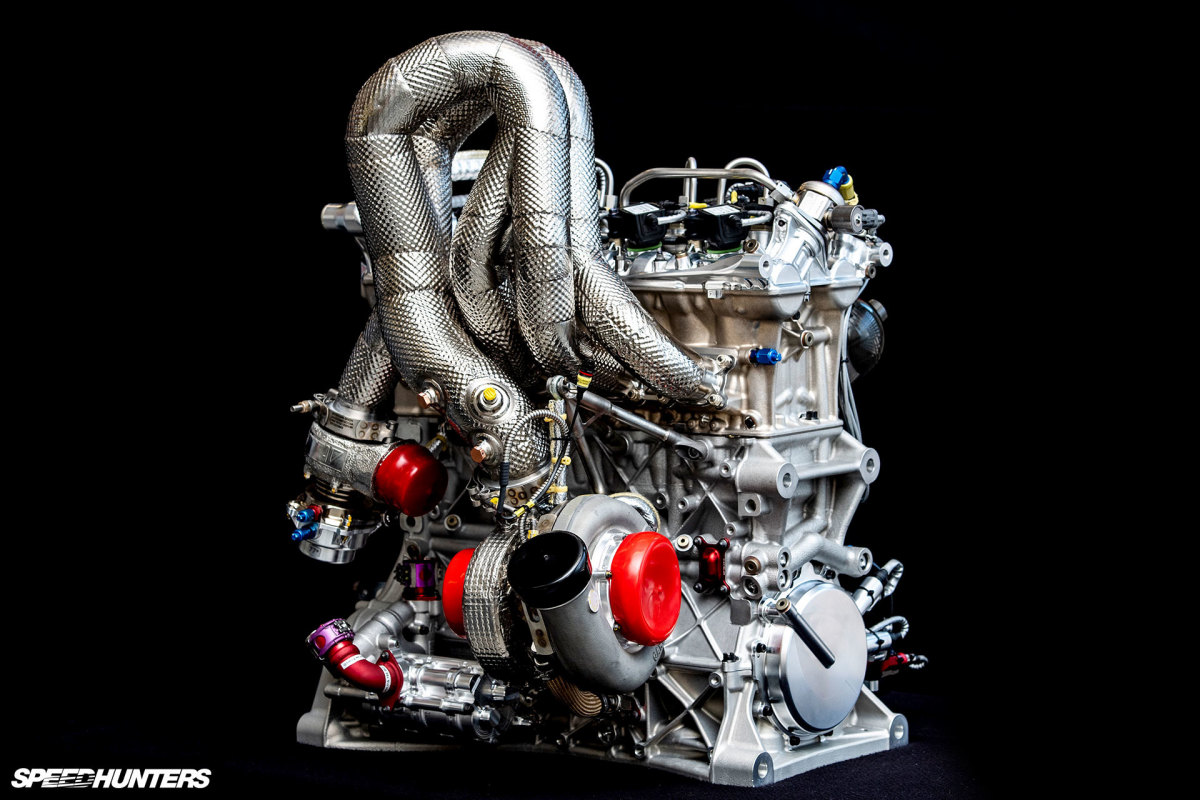
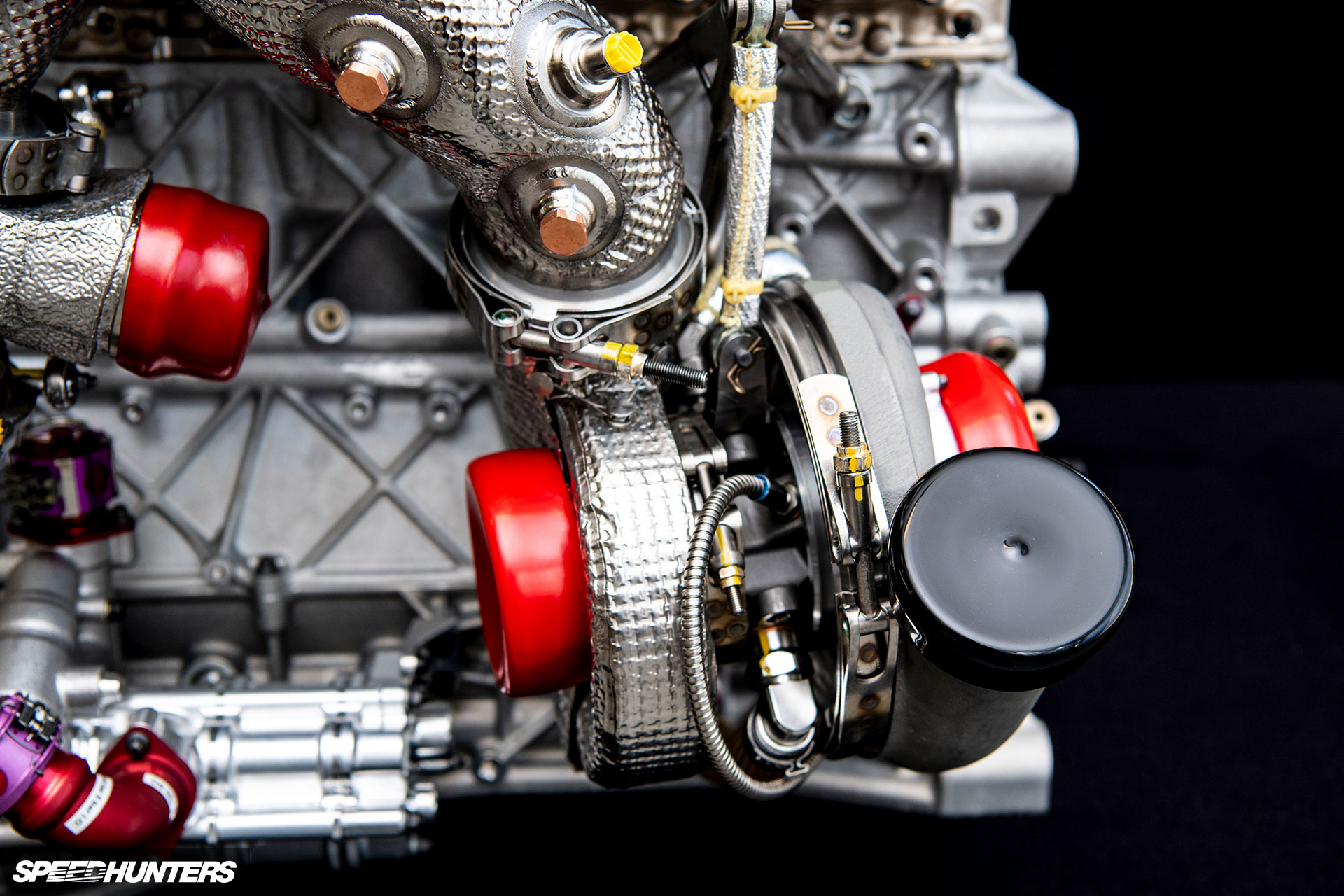
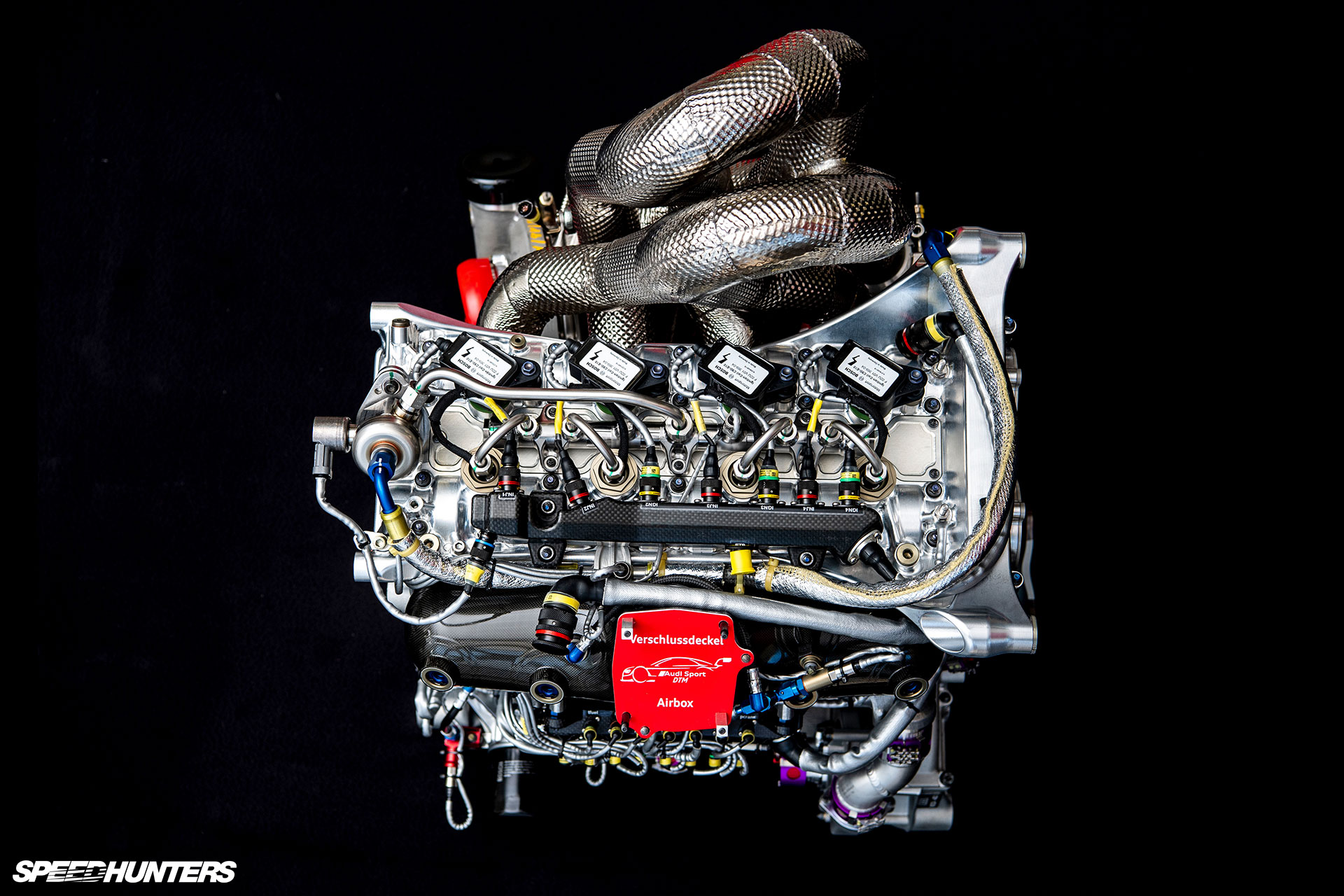
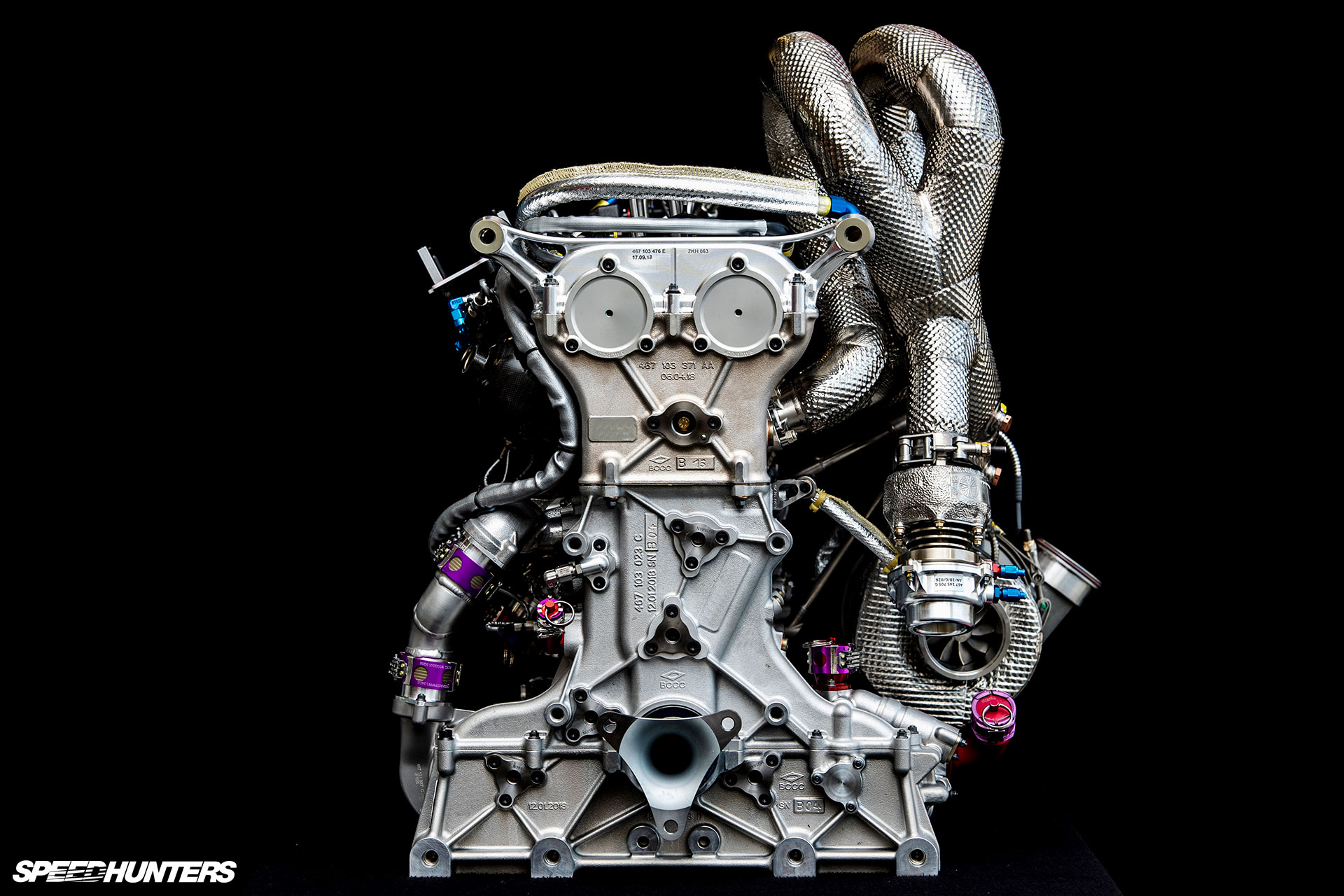
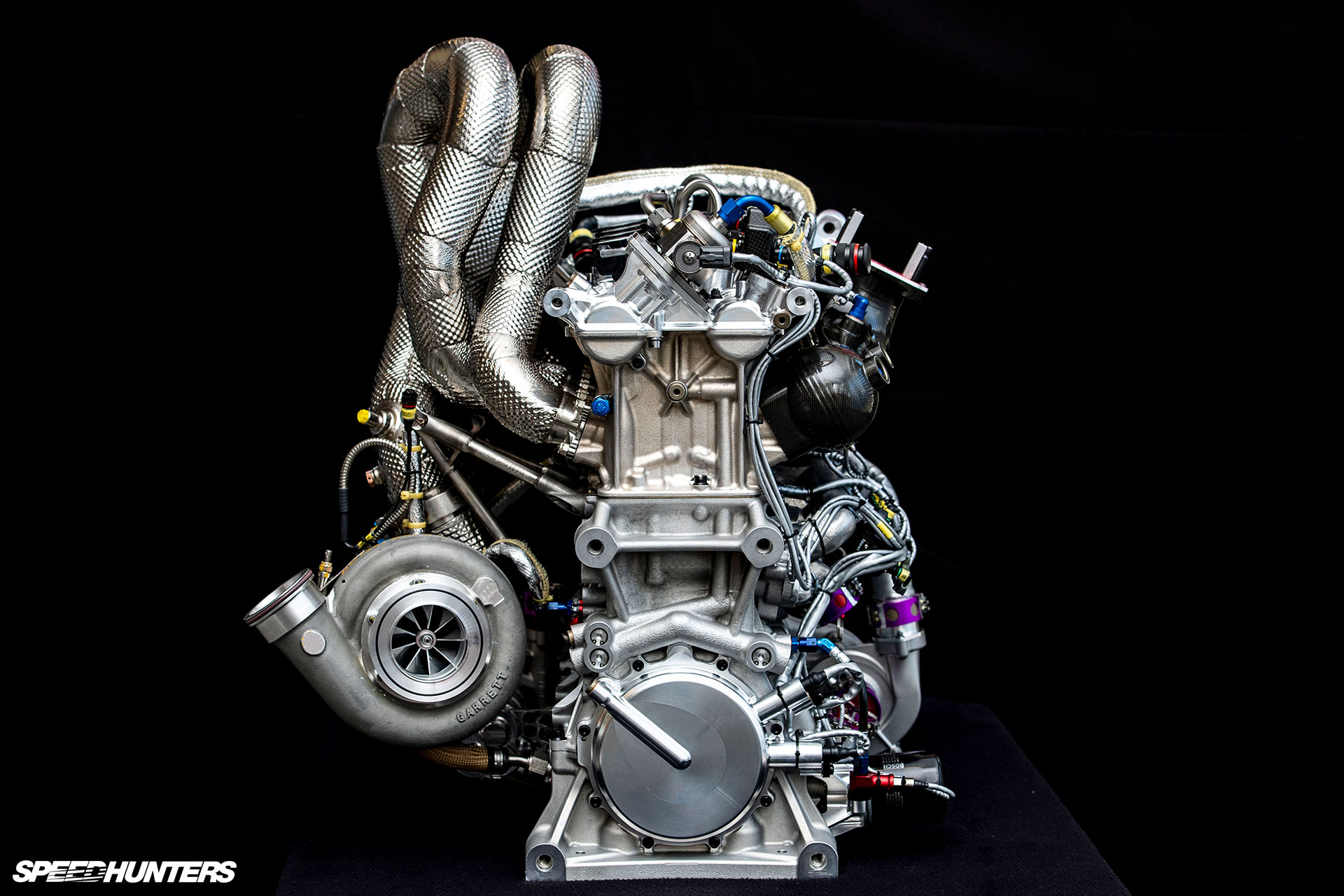











Where the previous V8s peaked at over 500hp, the new inline-fours will start their careers with over 600hp... With a maximum capacity of 2.0-litres, the new turbocharged engines feature a 30hp ‘push-to-pass’ feature along with anti-lag and a shift point of 9,500RPM. It will achieve these figures running 102RON pump fuel, roughly equivalent to 95-octane in the US. Mounted longitudinally, the cars remain rear wheel drive. The previous V8s weighed 148kgs (326lbs) but the new motors weigh just 85kgs (187lbs)...
http://www.speedhunters.com/2019/03/goo ... -cylinder/